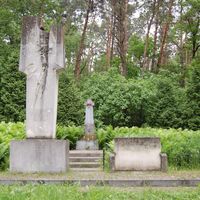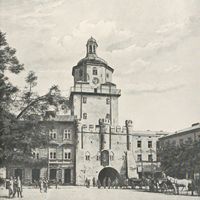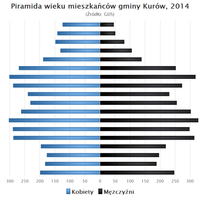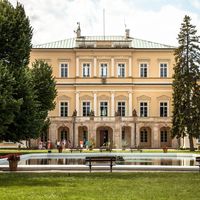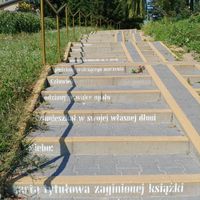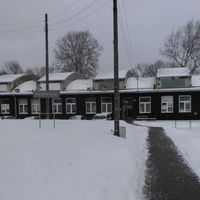Naleczow Plateau
6.66
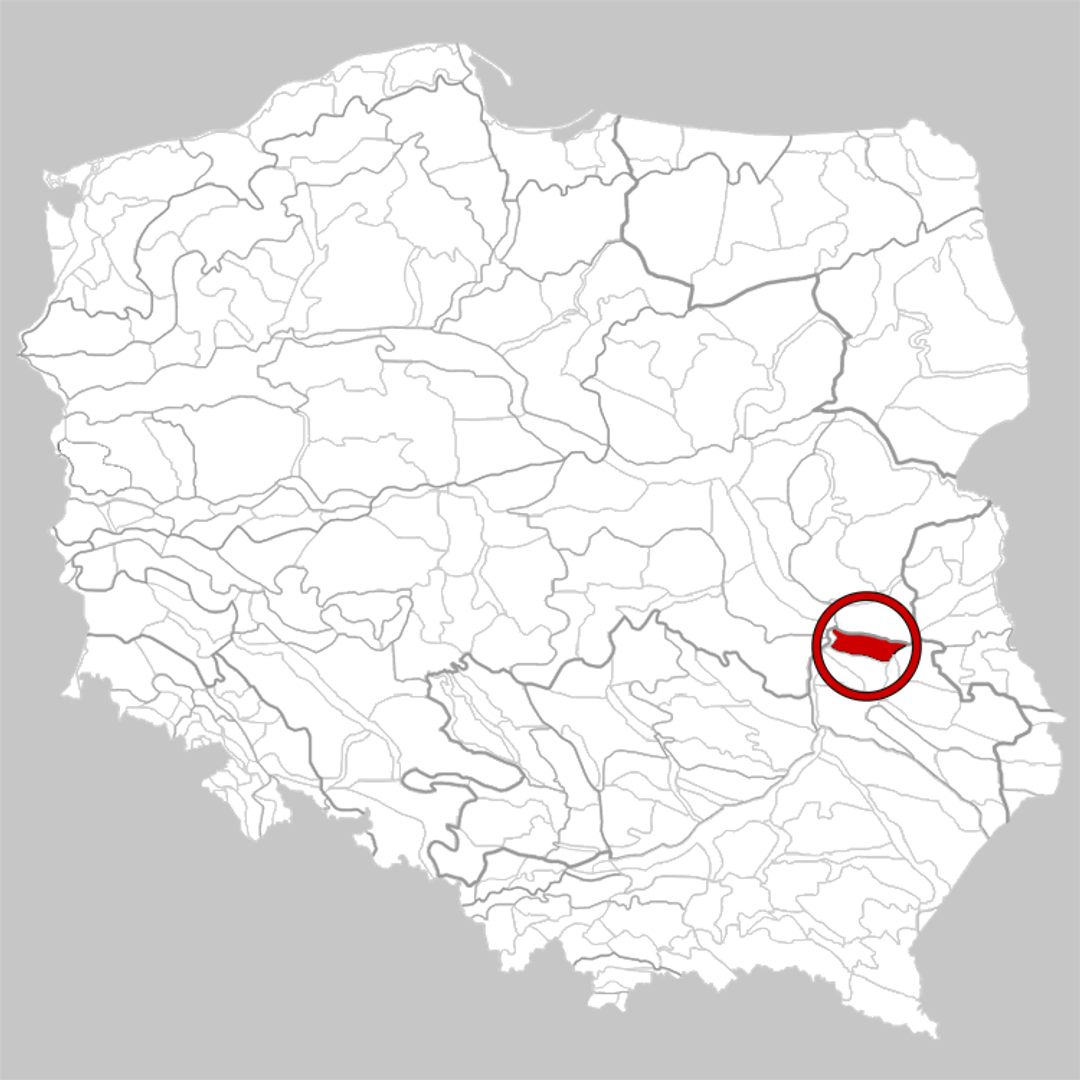
Overview
The Nałęczów Plateau is a natural mesoregion located in southeastern Poland, covering an area of 615 km². It is part of the Lublin Upland and is characterized by an almost continuous layer of loess, intersected by river valleys such as the Bystra, Czechówka, and Ciemięga, as well as complex erosional systems in the form of ravines. The loess plateaus reach heights of 220–240 meters above sea level, with slight elevation differences rarely exceeding 20 meters. The plateau stretches between the valleys of the Vistula and Bystrzyca rivers, and its northern and southern boundaries are clearly marked in the terrain.
Thanks to its fertile soils, primarily luvisols, the region is an important agricultural area. The historical part of Lublin, including the Old Town and the districts of Żmigród and Czwartek, is located within the edge zone of the mesoregion. Other notable towns situated on the plateau include Kazimierz Dolny, Kurów, Puławy, and Nałęczów, known for its spa amenities. The mesoregion combines rich cultural, historical, and natural heritage, making it an interesting destination on the map of Poland.
Location
You can also find here:
2025 Wizytor | All Rights Reserved

